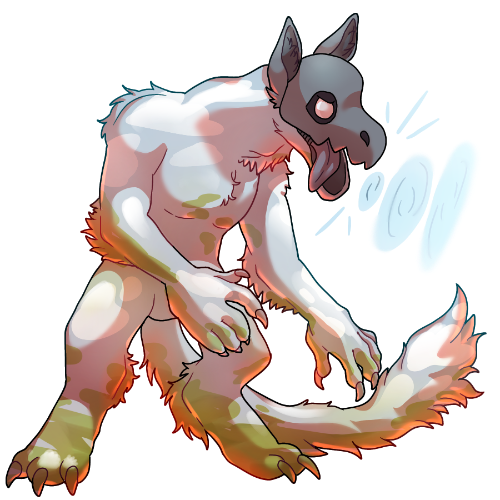Fear rooms that smell of mold and flesh......
There is no question about it. There is no creature more fearsome, hungry, and murderous than the clockwork. These beings of flesh and metal are highly infectious and notoriously hard to kill. Only flames can match the hunger of the clockwork. The element that many feared for its destructive power is now their only savior. Below is a list of strains of clockworks that exist. A list that is unfortunately growing.


























